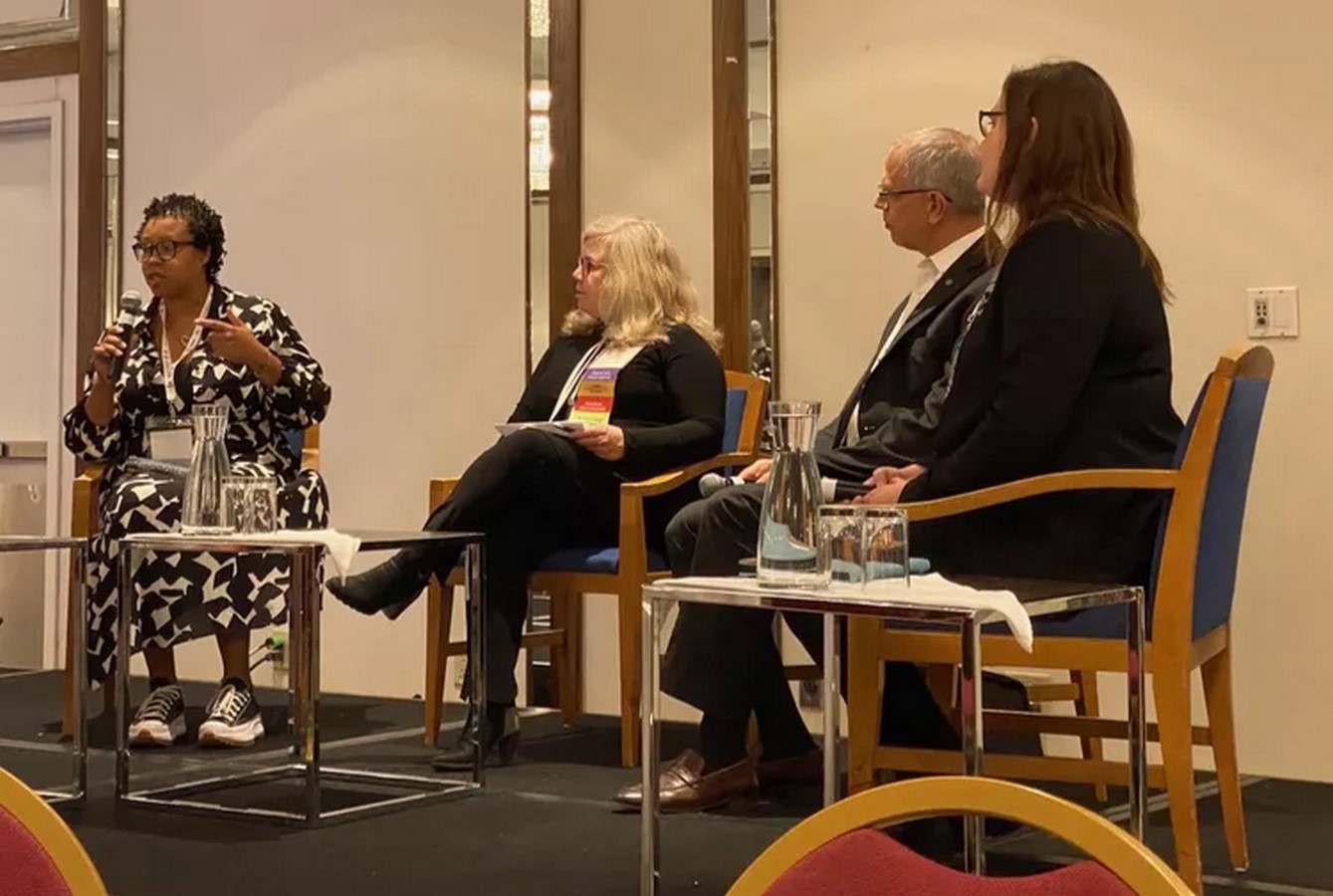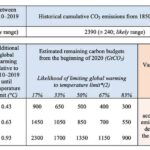Whole Life Carbon Assessments (WLCAs) or Life Cycle Analyses (LCAs) are essential tools in predicting a building’s total carbon emissions throughout its lifespan, from construction to demolition. While these assessments are increasingly recognized as vital in regions like the United Kingdom, concerns have arisen about their efficacy and potential exploitation in the construction industry.
Unveiling Greenwashing Concerns
Architectural journalist Will Ing raises alarms about the misuse of WLCAs, suggesting that they may be manipulated by developers to justify demolishing existing buildings rather than refurbishing them. The emergence of conflicting WLCAs, presenting contrasting conclusions on the environmental impact of refurbishment versus new construction, highlights the ambiguity surrounding these assessments.

Evaluating Carbon Time Value
A fundamental issue addressed in discussions surrounding WLCAs is the temporal aspect of carbon emissions. Urgent climate concerns emphasize the significance of immediate emissions reductions. The concept of “here and now carbon” underscores the imperative to prioritize immediate carbon reductions over future emissions savings, reflecting the time value of carbon in combating climate change.
Reassessing Operational Carbon Savings
The anticipated decarbonization of the National Grid by 2035 prompts reconsideration of energy efficiency measures in existing buildings. With future operational carbon savings potentially outweighed by the embodied carbon cost of retrofitting, the efficacy of deep energy retrofits may be questioned in light of evolving grid decarbonization efforts.
Beyond Carbon Calculations
While WLCAs offer valuable insights into carbon impacts, sustainability partner Simon Wyatt emphasizes the importance of considering broader sustainability, social, and economic factors in decision-making. Retrofitting existing structures is often lauded as the lower carbon option, but Wyatt urges developers to adopt a holistic approach that considers diverse sustainability criteria.

Embracing Sustainable Building Practices
In a landscape characterized by climate change imperatives and evolving energy technologies, the enduring relevance of Carl Elefante’s adage, “The greenest building is the one that is already built,” resonates profoundly. As discussions surrounding WLCAs continue, prioritizing sustainable building practices and acknowledging the inherent value of existing structures remain paramount in addressing environmental challenges.
Conclusion
As the debate surrounding WLCAs unfolds, it becomes evident that achieving meaningful progress in sustainable construction requires a multifaceted approach. While WLCAs offer valuable insights, they must be complemented by broader considerations of sustainability and the evolving dynamics of carbon emissions. Embracing a holistic perspective and recognizing the intrinsic value of existing buildings are crucial steps towards fostering a more sustainable built environment.











